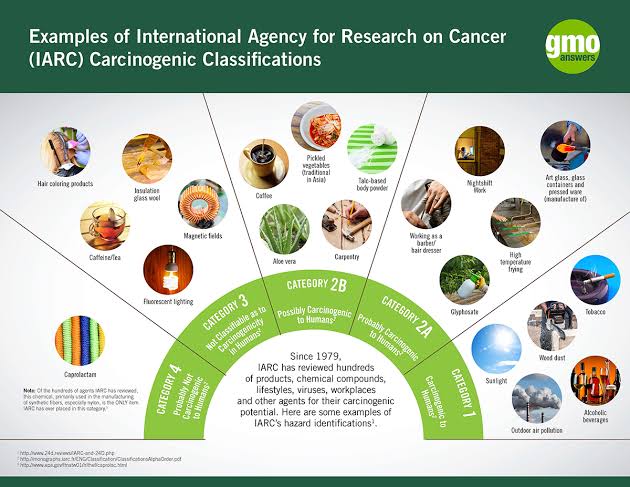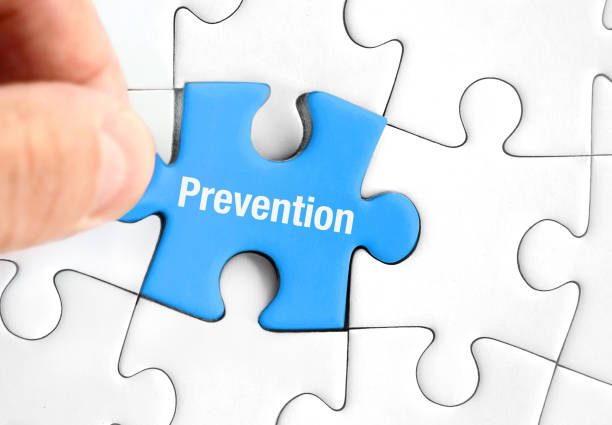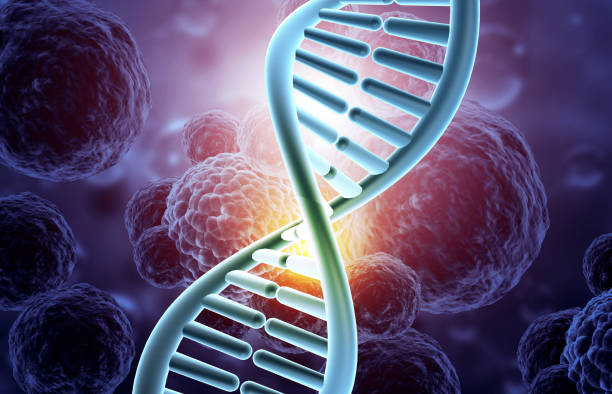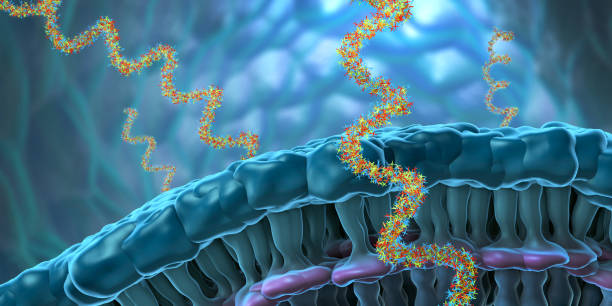Cancer has been a part of human history for millennia, evolving in complexity as our understanding of its causes grows. It primarily arises from genetic changes that disrupt normal cell function. Some of these mutations occur naturally during cell division, while others result from environmental exposures.
Imagine a farmer inhaling pesticide-laden air as he tends his crops, a city dweller exposed daily to vehicle exhaust and industrial emissions, or a smoker lighting up one more cigarette, unaware of the microscopic battle raging inside their body. These are just a few ways we unknowingly encounter carcinogens—substances that can cause cancer. Studies suggest that up to 90% of cancers are linked to environmental and lifestyle factors, making them largely preventable. Understanding how these environmental factors operate and how they can be mitigated is essential for reducing the global cancer burden.
What Are Carcinogens?
Carcinogens are substances, organisms, or agents capable of causing cancer. These include natural elements like ultraviolet (UV) rays and viruses, as well as human-made pollutants like cigarette smoke and industrial chemicals. Carcinogens enter the body through inhalation, ingestion, or skin contact, leading to DNA damage and uncontrolled cell growth—a hallmark of cancer.
The International Agency for Research on Cancer (IARC), a branch of the World Health Organization (WHO), classifies carcinogens into four groups based on their cancer-causing potential:
- Group 1: Carcinogenic to humans
- Group 2A: Probably carcinogenic to humans
- Group 2B: Possibly carcinogenic to humans
- Group 3: Not classifiable due to insufficient evidence
Types of Environmental Carcinogens
1. Chemical Carcinogens
Chemical substances found in air, water, food, and consumer products can contribute to cancer development. Notable examples include:
- Tobacco Smoke: The leading cause of lung cancer, containing over 60 carcinogenic compounds like nitrosamines and benzene.
- Asbestos: Used in construction; its inhaled fibers cause lung cancer and mesothelioma.
- Benzene: Found in industrial solvents and gasoline, linked to leukemia.
- Pesticides: Certain chemicals, like glyphosate in herbicides, are associated with non-Hodgkin lymphoma.
2. Physical Carcinogens
Physical agents like radiation can also trigger cancer by damaging cellular DNA. Examples include:
- Ultraviolet (UV) Radiation: Excessive sun exposure causes skin cancers, including melanoma.
- Ionizing Radiation: X-rays and radioactive materials, such as radon gas, increase the risk of leukemia and thyroid cancer.
3. Biological Carcinogens
Certain viruses, bacteria, and parasites promote cancer by triggering chronic infections or immune suppression:
- Human papillomavirus (HPV): A leading cause of cervical and oropharyngeal cancers.
- Hepatitis B and C viruses: Can cause liver cancer by inducing chronic liver inflammation.
- Helicobacter pylori: A bacterium linked to stomach cancer through persistent infection.
Lifestyle and Environmental Carcinogens
1. Diet and Cancer Risk
What we eat significantly affects our cancer risk. Examples of dietary carcinogens include:
- Processed Meats: Linked to colorectal cancer due to carcinogenic nitrosamines.
- Aflatoxins: Toxins in contaminated grains and nuts that cause liver cancer.
- Alcohol: Increases the risk of multiple cancers by breaking down into acetaldehyde, a carcinogenic compound.
2. Occupational Exposure
People working in certain industries are more exposed to carcinogens:
- Asbestos: Common in construction and shipbuilding.
- Silica Dust: A risk for miners and construction workers.
- Diesel Exhaust: Contains cancer-causing chemicals, affecting transport and industrial workers.
3. Pollution and Cancer
Environmental pollution contributes significantly to cancer risk:
- Air Pollution: Fine particles (PM2.5) from vehicle emissions and industrial activities can cause lung cancer.
- Water Contamination: Arsenic in drinking water has been linked to skin, bladder, and lung cancers.
4. Sleep Deprivation and Cancer
Studies suggest that inadequate sleep increases cancer risk. People who sleep less than six hours per night or have irregular sleep patterns are at greater risk of developing cancer, likely due to hormonal imbalances and immune system suppression.

How Do Carcinogens Cause Cancer?
Carcinogens contribute to cancer development through several mechanisms:
1. DNA Damage and Mutations
Many carcinogens cause direct damage to DNA, leading to mutations in key genes involved in cell growth and death. For example:
- Tobacco Smoke: Contains substances that cause DNA alterations, leading to mutations in tumor suppressor genes and oncogenes, driving lung and other cancers.
- Aflatoxins: Induce mutations in the p53 tumor suppressor gene, a critical factor in liver cancer development.
2. Epigenetic Changes
Some carcinogens lead to cancer through epigenetic modifications—changes in gene expression without altering the DNA sequence.
3. Oxidative Stress
Many carcinogens generate reactive oxygen species (ROS), which damage DNA, proteins, and cell membranes, increasing cancer risk.
4. Chronic Inflammation
Some carcinogens induce long-term inflammation, which promotes cancer development. For example:
- Asbestos exposure leads to chronic lung inflammation and mesothelioma.
- H. pylori infections trigger gastritis, a precursor to stomach cancer.
Why Are Some People More Vulnerable?
Not everyone exposed to carcinogens develops cancer. Several factors influence individual risk:
- Genetics: Some people inherit mutations that make them more susceptible.
- Lifestyle Choices: Smoking, diet, and alcohol consumption can amplify carcinogen effects.
- Duration & Intensity of Exposure: A factory worker exposed to asbestos daily faces a higher risk than someone with occasional exposure.
- Age & Immune System Strength: The body’s ability to repair DNA damage weakens with age.
Preventing Cancer Through Environmental Management
Given the significant role of the environment in cancer development, preventive measures focused on reducing exposure to carcinogens are crucial. These measures include:
1. Smoking Cessation Programs
Reducing tobacco use is one of the most effective ways to decrease cancer incidence. Public health campaigns, smoking bans, and cessation programs have successfully reduced tobacco use and, consequently, lung cancer rates.
2. Workplace Safety Regulations
Regulations limiting exposure to hazardous substances and ensuring protective measures in high-risk industries are crucial.
3. Pollution Control
Reducing environmental pollution is critical for public health. Policies that limit industrial emissions, improve air and water quality, and reduce the use of harmful chemicals can significantly lower the population’s exposure to carcinogens.
4. Vaccination and Screening Programs
Vaccination against cancer-causing infections, like HPV and hepatitis B, is a powerful tool in cancer prevention. Regular cancer screenings enable early detection and treatment.
5. Public Awareness and Education
Educating people on cancer risks and preventive behaviors—like limiting processed meats, avoiding excessive sun exposure, and maintaining healthy sleep patterns—can lead to lifestyle changes that lower cancer rates.
Minimizing Exposure: Practical Steps for Prevention
While we can’t avoid carcinogens entirely, we can significantly reduce exposure by making informed choices:
- Quit smoking – The single most effective way to lower cancer risk.
- Eat a balanced diet – Reduce processed meats and increase antioxidant-rich fruits and vegetables.
- Use sun protection – Apply sunscreen and avoid excessive sun exposure.
- Limit exposure to pollutants – Use air purifiers, avoid burning plastics, and choose natural cleaning products when possible.
- Get vaccinated – HPV and hepatitis vaccines can prevent virus-related cancers.
- Be mindful of workplace hazards – If you work in an industry with known carcinogens, follow safety guidelines rigorously.
Conclusion: Toward a Healthier Future
The role of environmental carcinogens in cancer development underscores the importance of managing our environment to reduce cancer risks. From the asbestos crisis to the Chernobyl disaster, history has shown that unchecked exposure to carcinogens can have devastating consequences. However, through a combination of policy, education, and personal responsibility, we can significantly lower the burden of cancer on individuals and society. By reducing exposure to harmful chemicals, radiation, and infections, we move closer to a world where cancer is not only treatable but largely preventable.

FURTHER READINGS
Abdulmalik Idris Koya; Sherif A. Ibrahim. Carcinogenesis (2024).
Gatto NM. Environmental Carcinogens and Cancer Risk(2021).
Larsen K, Rydz E, Peters CE. Inequalities in Environmental Cancer Risk and Carcinogen Exposures: A Scoping Review (2023).
Anand P et al.,(2008).Cancer is a preventable disease that requires major lifestyle changes.



